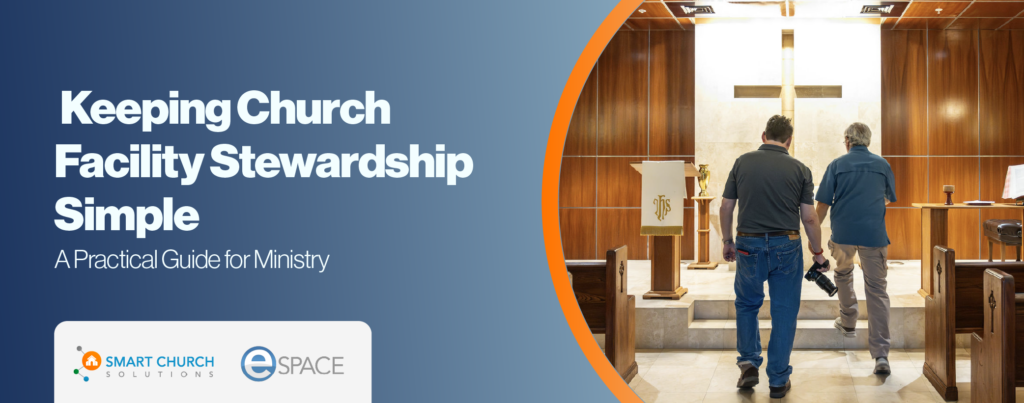Thus far we have explored the concept of story, as well as backstory, and the components that comprise both. Now it is time to explore the essentials of facility storytelling. The story that your guests will recount to their friends, family, co-workers, and neighbors is going to be influenced by several controllable stimuli. As we will see, the experience will be initially impacted prior to your guests ever stepping foot on your campus or in your buildings. It does not matter if your guests received a personal invitation to attend your church or they drove by it, all of them will go to one place first: the Internet. They will seek to learn as much as possible before they commit to attending the first time.
Once they have determined that you are attractive enough from the web, the next greatest impression is influenced by your built and natural environments as well as the personal interactions they encounter. There are a number of moving parts that work independently as well as a collectively to set the tone for this first impression. And a first impression—as many of us know—can be a make or break experience.
Let’s jump into the individual pieces of the first impression, beginning with your front porch.
If you lived around the turn of the century, the front porch of the homes, the general store, and local business was a vital part of culture. If you wanted to know what was happening in your community, you could sit out on a front porch and see and hear what was going on. My grandparents lived in an old house in Canton, Ohio with a front porch. I can remember as a boy sitting out there and watching the neighbors interact, watching the “social media” of the day in full action. My grandfather used to take me on a walk up Second Street to the general store that also had a front porch. It’s where the town connected and shared experiences.
The front porch was a primary means of gathering information. It is also the place that a “first impression” of something or someone might be developed. If the boys in the rockers said that the new hardware store was a great new addition to the community, your first impression would be positive. The converse would also be true. If you wanted to know what was going on at the local church, you could hear the latest by hanging out on the front porch. Or you would ask your neighbor as you swung on your front porch swing and they played catch with their kids in the street or front yard.
So what about in today’s culture? I would suggest that, the new front porch is the Internet, websites, and social media. While the traditional front porch has been decimated by zoning laws, busyness and our desire to hibernate in our suburban settings, we have turned to other means and methods to gain the information that we desire. Like it or not, the new first impression of your church may have little or nothing to do with the preaching, music, friendliness, or denominational affiliation. In fact, more times than not, a first time guest will search Google and see if there are any reviews or good/bad press about the church. From that initial experience, they will make a determination if they will visit or not.
When was the last time you were looking for a good place to have dinner and you searched the Internet before leaving your house or office? Did you open a website to be unimpressed by the presentation and representation of the establishment, so you moved on to another? Whether we like to admit it or not, first time guests, especially non-believers, are consumers. They are shopping for an experience and that experience starts on the web. I understand many churched people don’t like to think in these terms, but it’s something church leaders cannot ignore.
Story is a huge part of our interaction with people and having a congruent story about or churches starts not at the front door, but at your new front porch, the Internet and your website.






